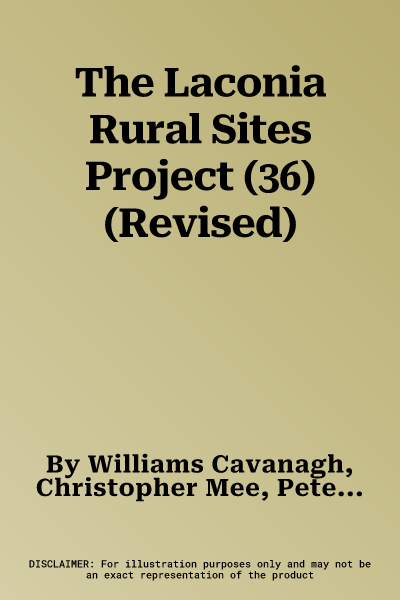Williams Cavanagh
(Author)The Laconia Rural Sites Project (36) (Revised)Hardcover - Revised, 31 December 2004

Qty
1
Turbo
Ships in 2 - 3 days
In Stock
Free Delivery
Cash on Delivery
15 Days
Free Returns
Secure Checkout

Print Length
366 pages
Language
English
Publisher
British School at Athens
Date Published
31 Dec 2004
ISBN-10
0904887472
ISBN-13
9780904887471
Description
Product Details
Book Edition:
Revised
Book Format:
Hardcover
Date Published:
31 December 2004
Dimensions:
24.89 x
19.3 x
3.05 cm
ISBN-10:
0904887472
ISBN-13:
9780904887471
Language:
English
Location:
London
Pages:
366
Publisher:
Weight:
272.16 gm